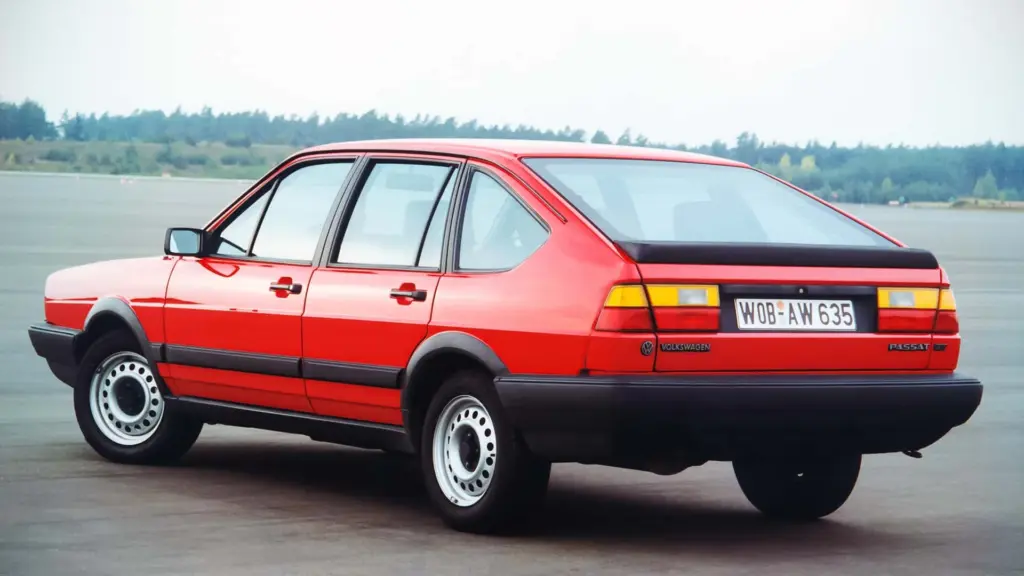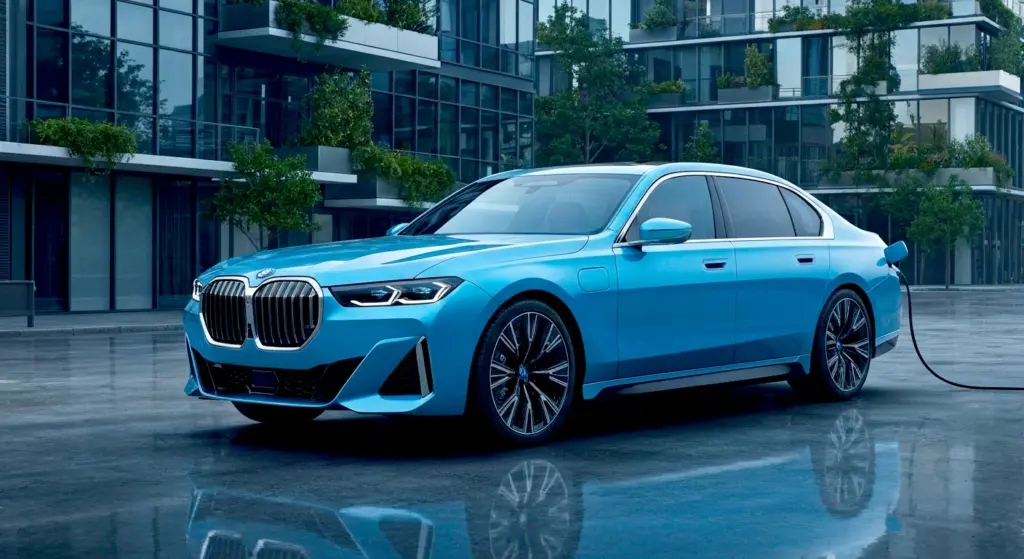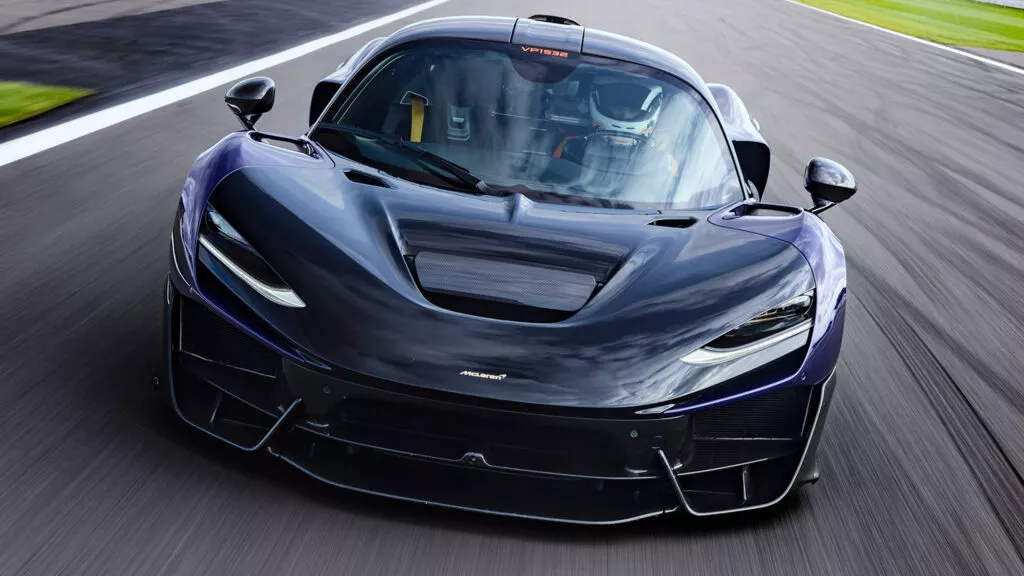TSI stands for Turbocharged Stratified Injection: turbocharger + direct injection. This combination boosted power, reduced fuel consumption, and redefined small engines with high torque.
What is TSI and why has the abbreviation become a global benchmark?
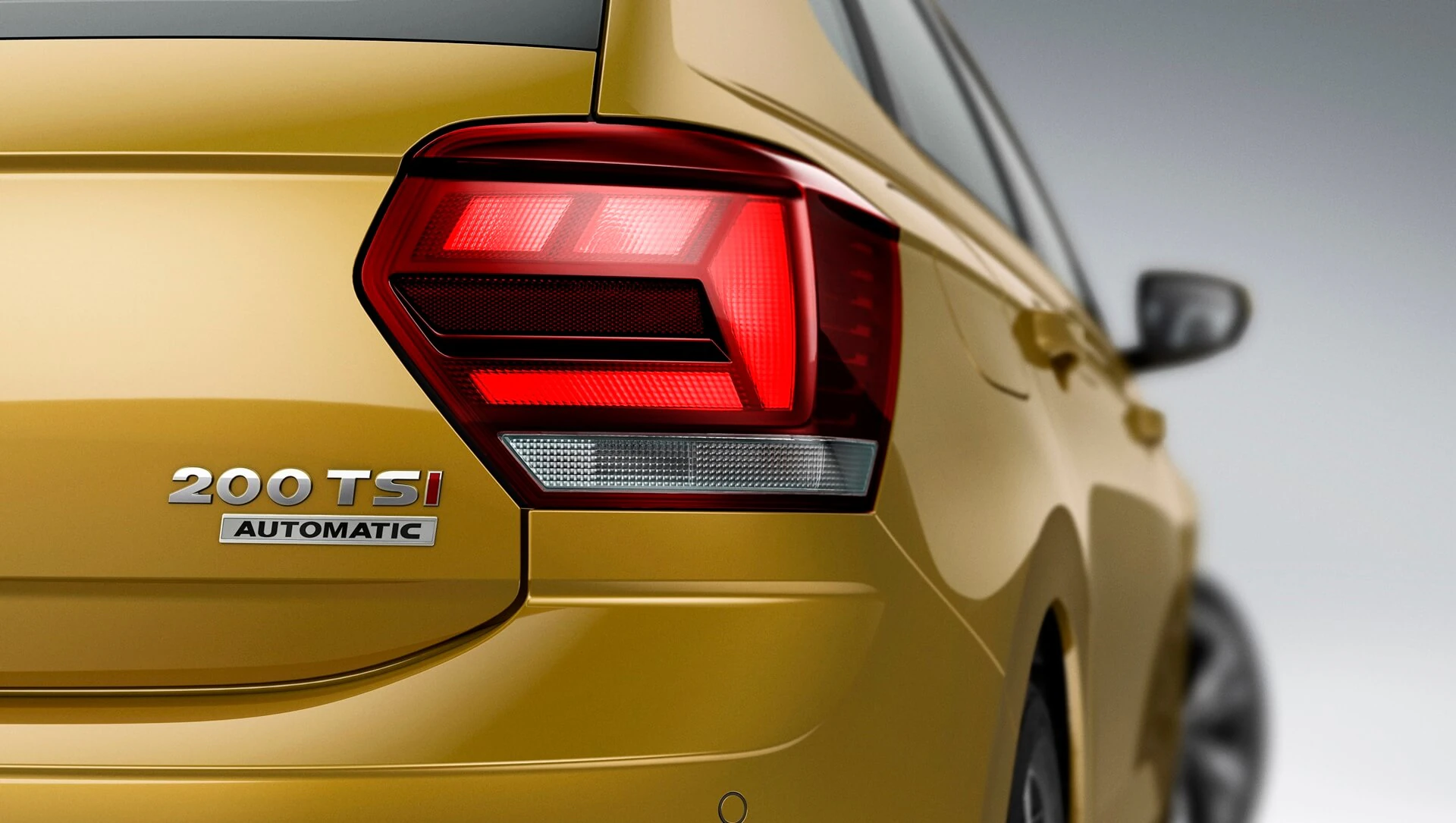
TSI is a family of gasoline engines from Volkswagen that combines a turbocharger with stratified direct injection. The result: more air, more precise combustion, higher efficiency, and early torque delivery.
The abbreviation gained fame in sporty hatchbacks and sedans as well as SUVs, especially with the 2.0 TSI. In high-performance applications, this setup shines; see how the package has evolved in the Golf R and its technologies.
How do the turbocharger and direct injection work together?
The turbo uses energy from exhaust gases to compress fresh air. With an intercooler, the air density increases, allowing more fuel to be added without knocking. That’s why maximum torque arrives early (usually between 1,500 and 2,000 rpm).
In direct injection, the high-pressure pump (typically 150–350 bar) sprays fuel directly into the cylinder. Stratification creates a richer mixture near the spark plug and a leaner one at the edges, optimizing combustion and reducing emissions.
Why does TSI downsizing deliver early torque and fuel savings?
Small engines have less friction and reciprocating mass. The turbo compensates for volume, delivering “large engine” power when needed and better fuel economy during cruising. That’s why a 1.0 TSI (~95–125 hp; ~170–200 Nm) easily powers compact cars.
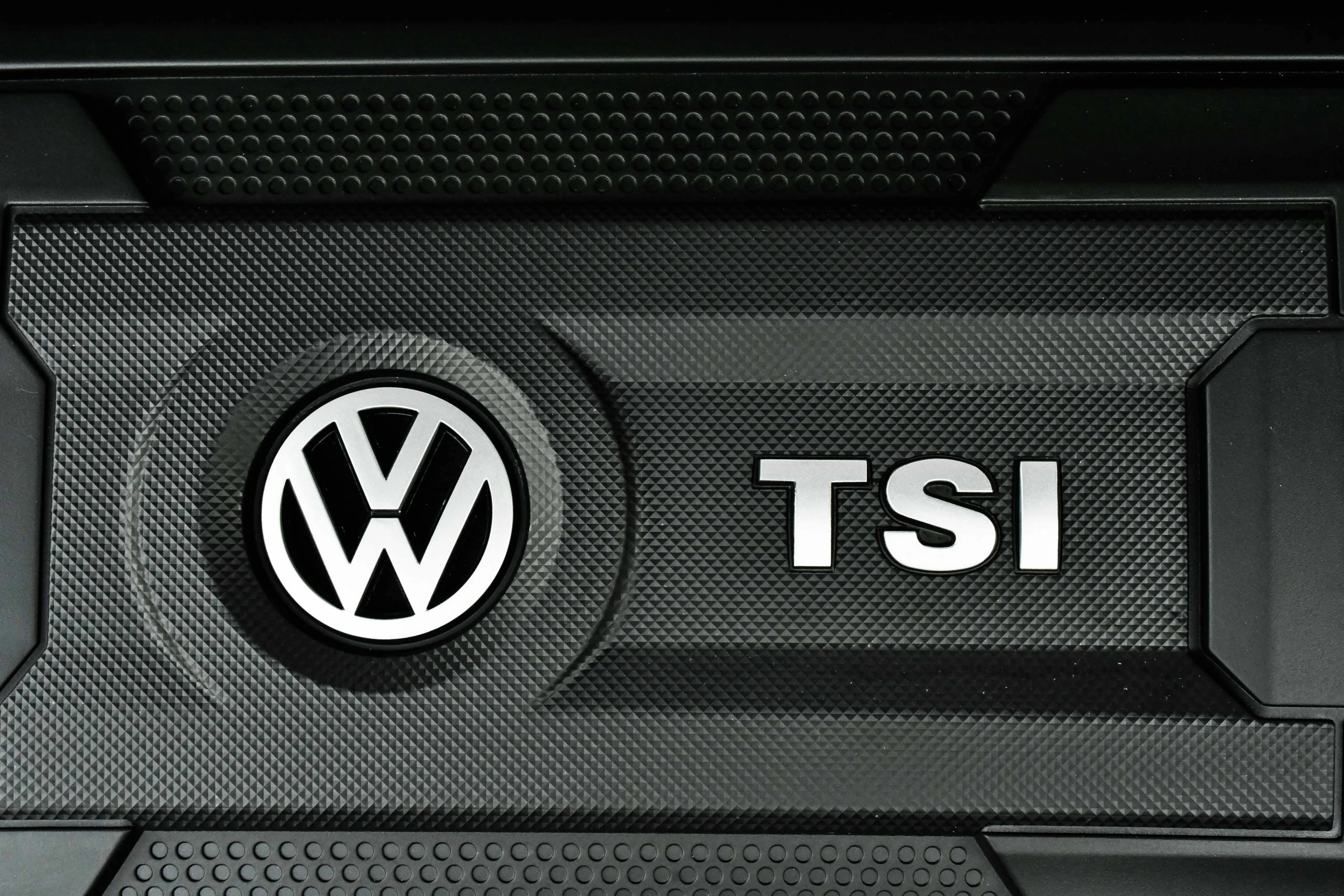
Above it, the 1.4/1.5 TSI (~130–160 hp; ~220–270 Nm) and the 2.0 TSI (~190 to over 330 hp; ~320–420+ Nm) are used from sedans to sports cars. Want a classic example of efficient tuning? Check out the evolutions of the latest-generation Golf GTI.
What do 200, 250, 350 TSI mean, and how to compare rivals?
These numbers refer to the maximum torque in Nm, rounded (200 ≈ 200 Nm, 250 ≈ 250 Nm, 350 ≈ 350 Nm). They are not engine displacement or horsepower. TSI prioritizes “usable power” at low rpm, which you feel in everyday driving.
The 2.0 TSI exemplifies scalability: from urban use to track days, it maintains high power levels in focused versions. See how VW pushes this engine to the limit in the current Golf GTI Clubsport.
Quick comparison: TSI vs common alternatives
- TSI: early torque, wide useful range
- Light hybrid: assists during startup, moderate gains
- Series hybrid: smooth, prioritizes efficiency
- Modern diesel: high torque, typical noise

What are the maintenance tips, advantages, and myths about current TSI engines?
Advantages: delivers torque at low rpm, satisfies fuel efficiency, and offers good potential for specific power. Maintenance: correct 100% synthetic oil, timely spark plug replacement, high-quality fuel, and respect for the cooling system.
Old myths like “inevitable carbon buildup” and “frequent LSPI” have weakened thanks to revised crankcase ventilation, anti-knock calibrations, and particulate filters for gasoline (GPF/OPF) in many markets. VW continues investing in ICE with a focus on efficiency, as shown by the movement of investment in combustion engines.
Is TSI better than hybrid or electric? Where does each excel?
Depends on usage. For long trips and quick refueling, TSI remains practical. In urban driving with many stops, hybrids and electric vehicles can be unbeatable for efficiency.
To understand another philosophy, compare with a series hybrid where the gasoline engine doesn’t drive the wheels, such as the e‑Power system. Each architecture solves different problems with its own trade-offs.
FAQ — quick and straightforward questions
- Does TSI only work with premium gasoline? No. It works with regular high-quality gasoline; higher octane helps prevent knocking at high loads.
- Does turbo “wear out” faster? Modern turbos last a very long time with proper oil and maintenance. Severe use without proper care accelerates wear.
- Does direct injection increase fuel consumption? On the contrary: precise dosing reduces fuel consumption and emissions compared to older systems.
- Is it safe to “chip” a TSI? There’s potential, but it requires reliable hardware, fuel, and maps. Without those, mechanical risk increases.
- What do 200/250/350 TSI mean? They are approximate figures of maximum torque in Nm, not power or displacement.
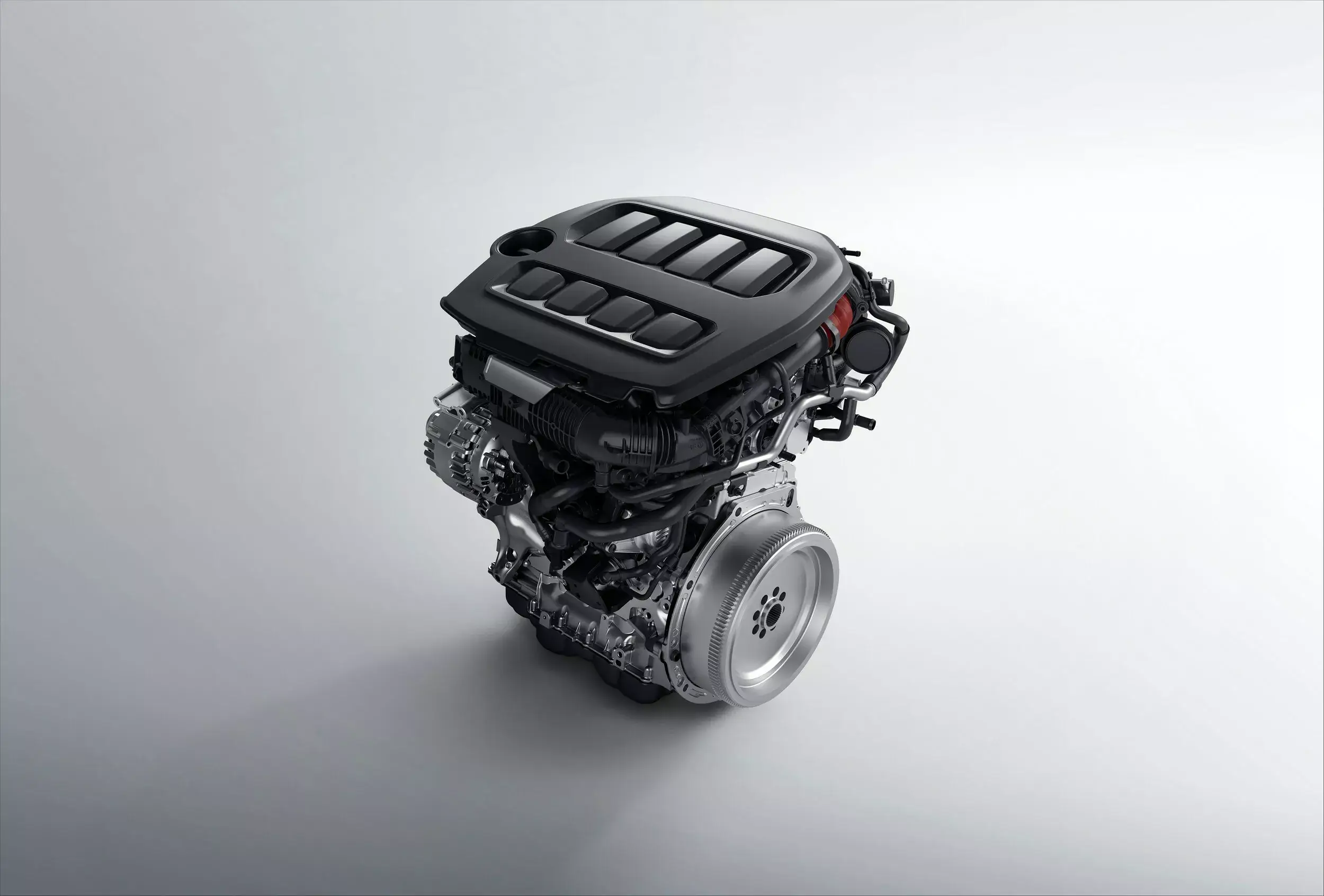
Typical specifications per TSI family
- 1.0 TSI: ~95–125 hp; ~170–200 Nm
- 1.4/1.5 TSI: ~130–160 hp; ~220–270 Nm
- 2.0 TSI: ~190–333+ hp; ~320–420+ Nm
- Peak torque: generally at 1,500–2,000 rpm
- Injection pressure: 150–350 bar
- Intercooler: air-to-air in most cases
Did you enjoy the explanation? Leave a comment telling us which TSI you’ve driven and what technical questions you’d like to see tested here.
Author: Fabio Isidoro
Founder and editor-in-chief of Canal Carro, he dedicates himself to exploring the automotive universe with depth and passion. A car and technology enthusiast, he produces technical content and in-depth analyses of national and international vehicles, combining quality information with a critical eye for the public.


